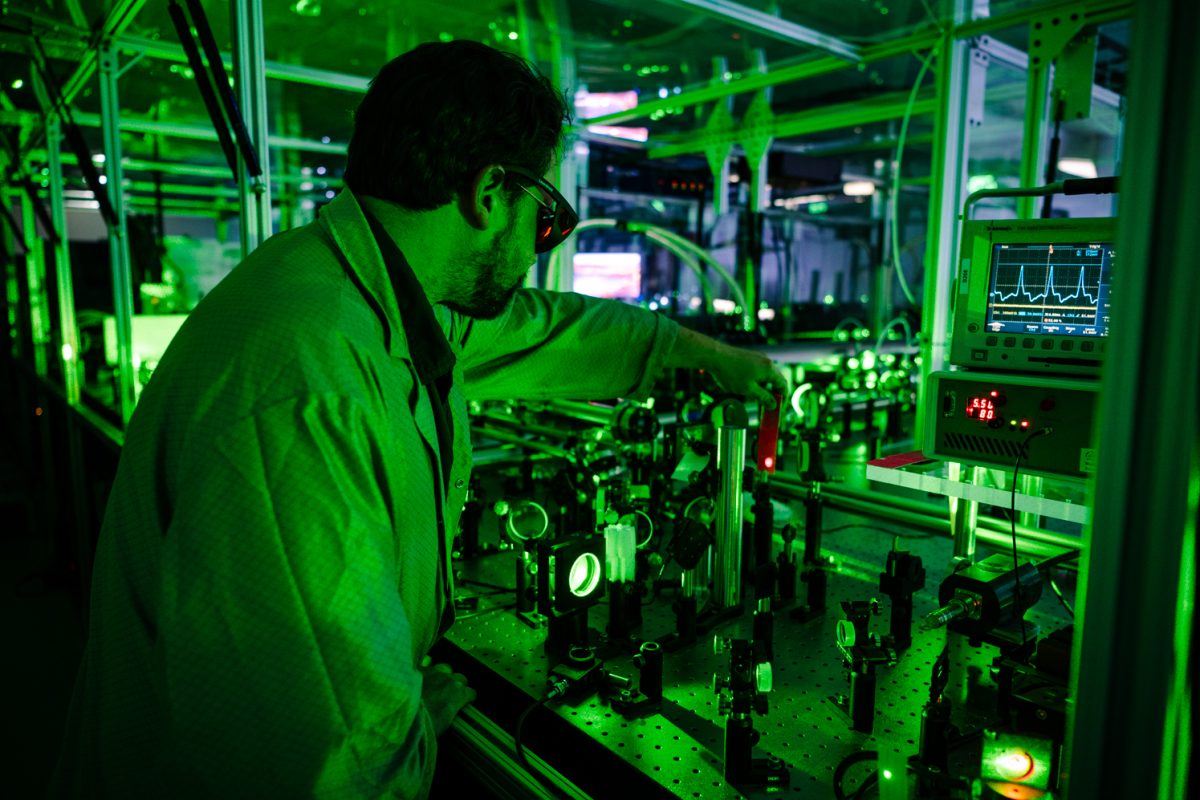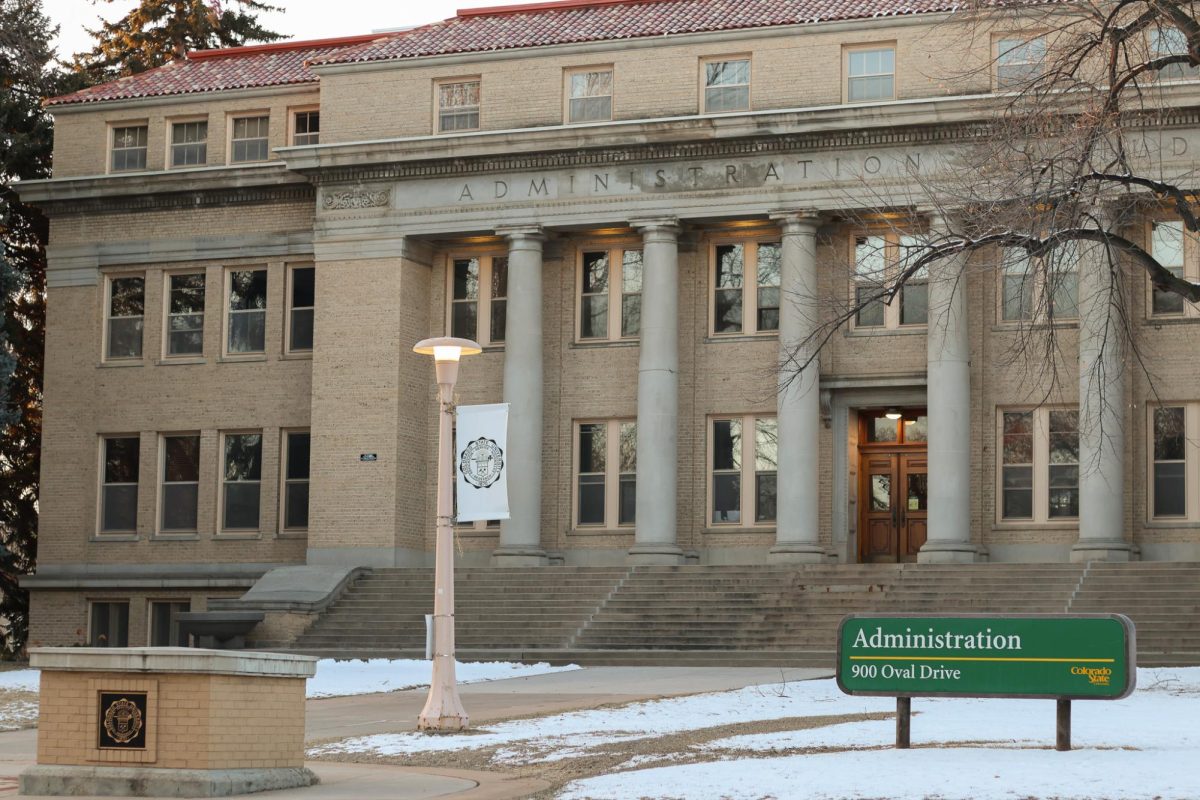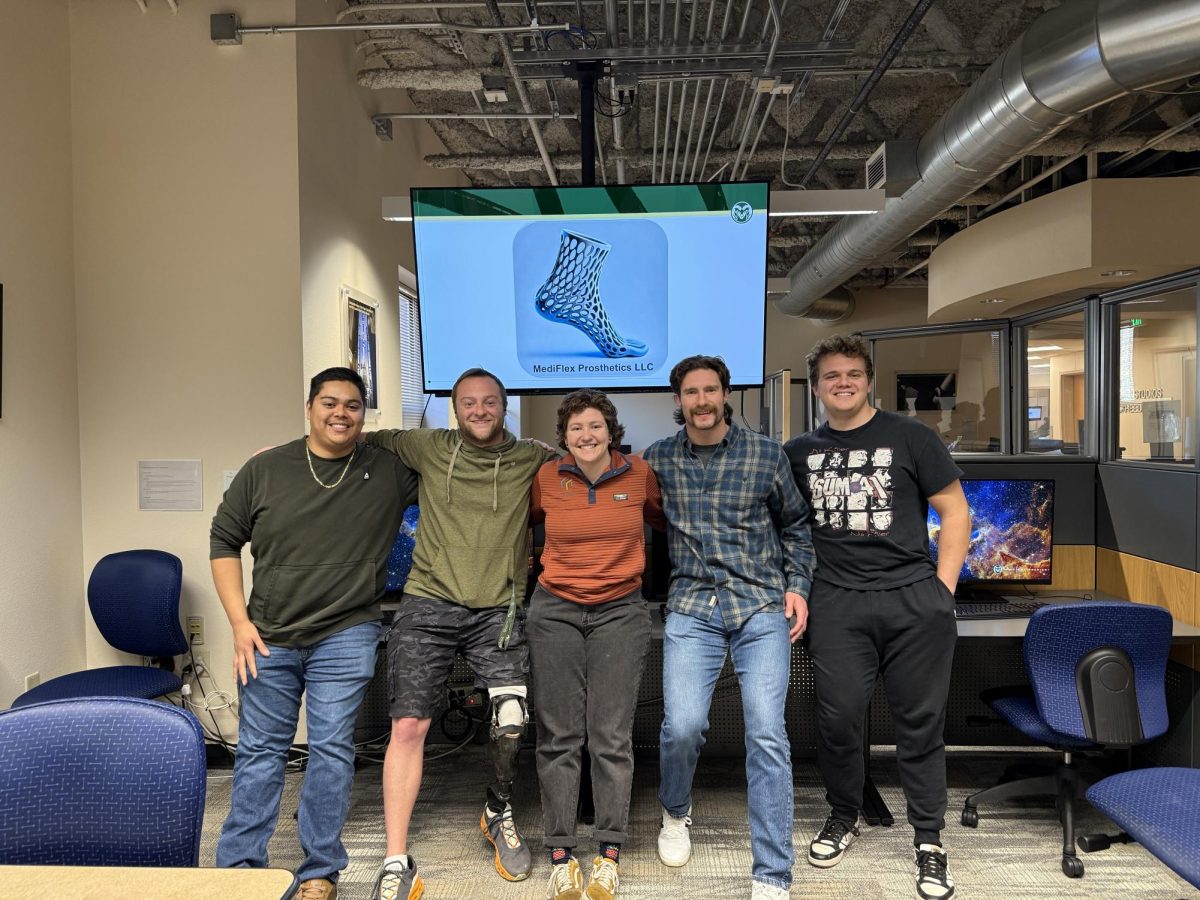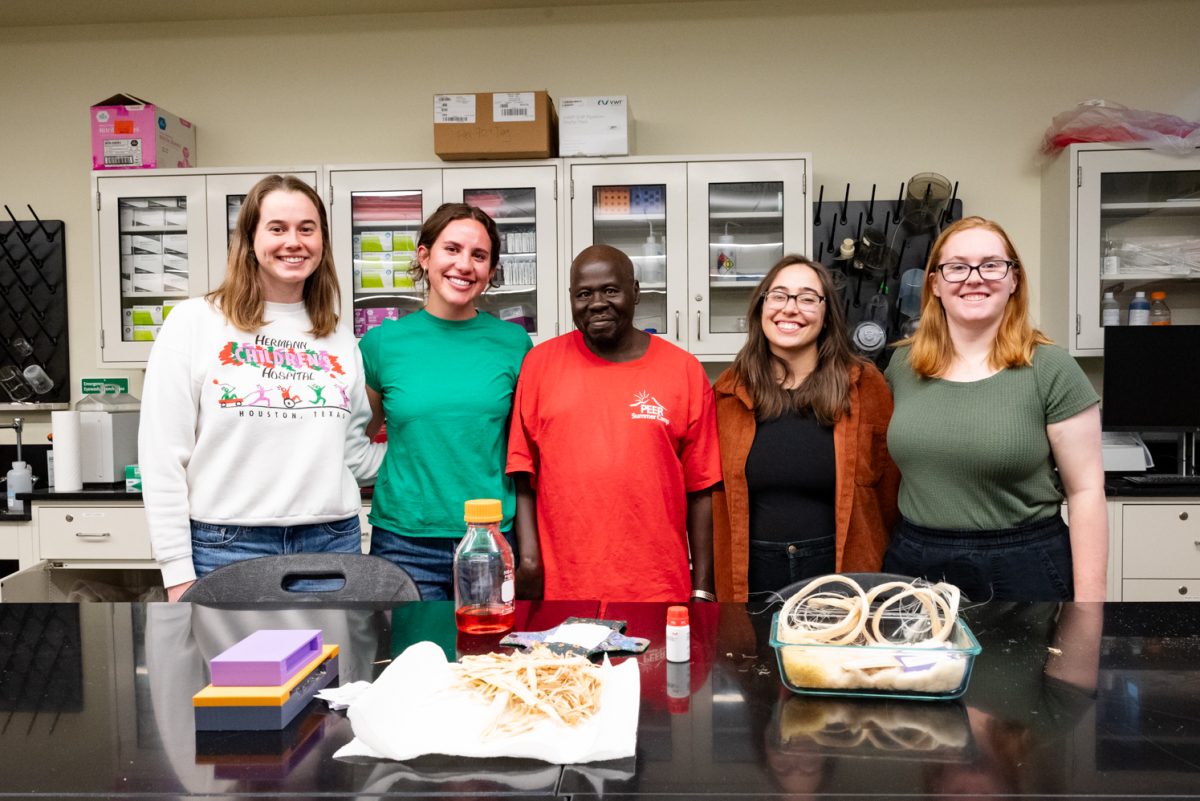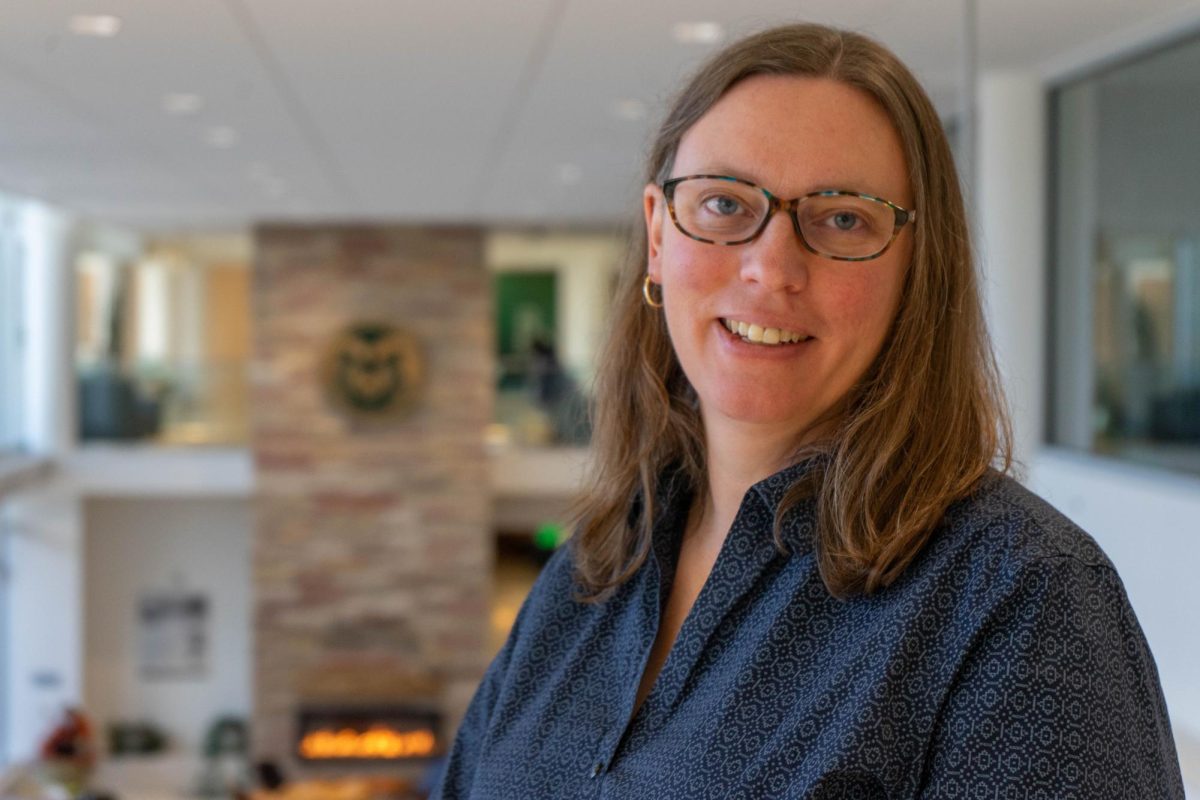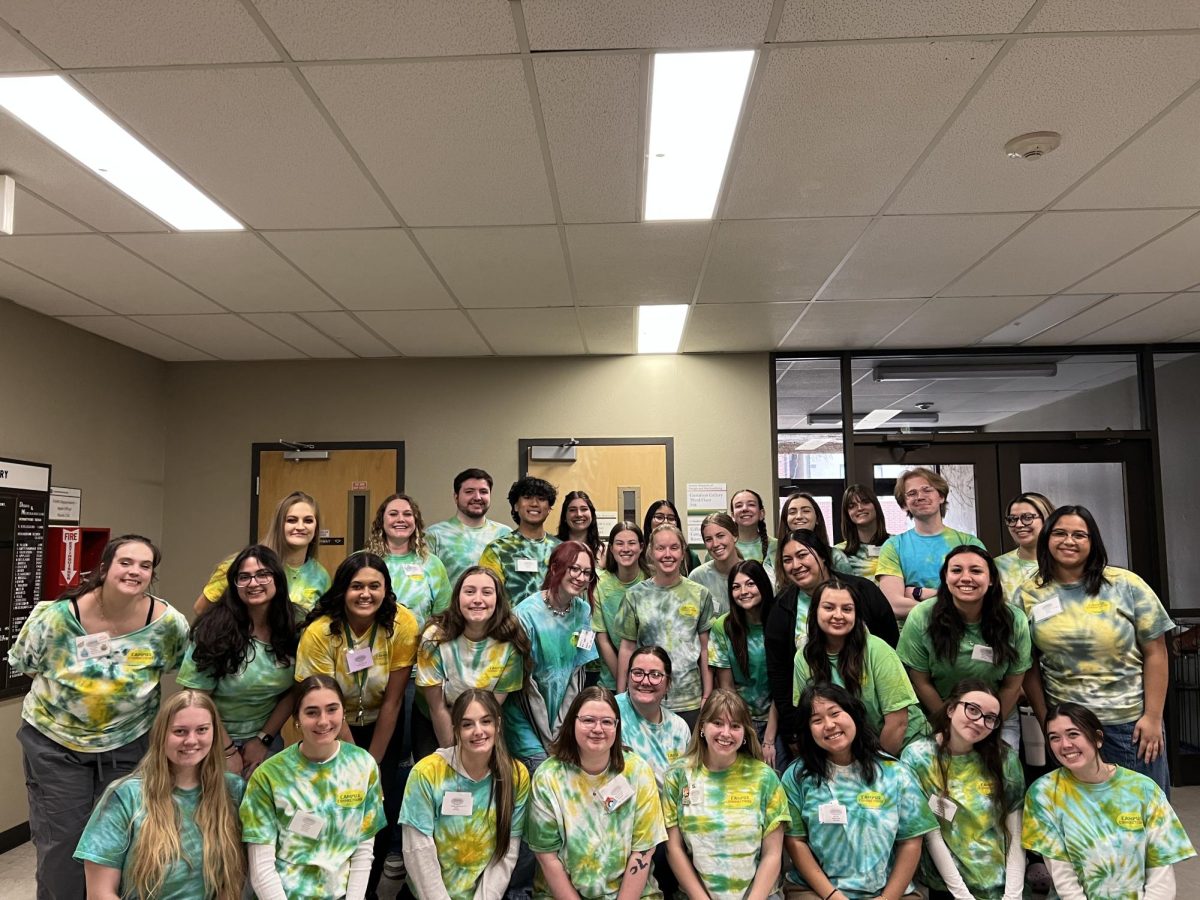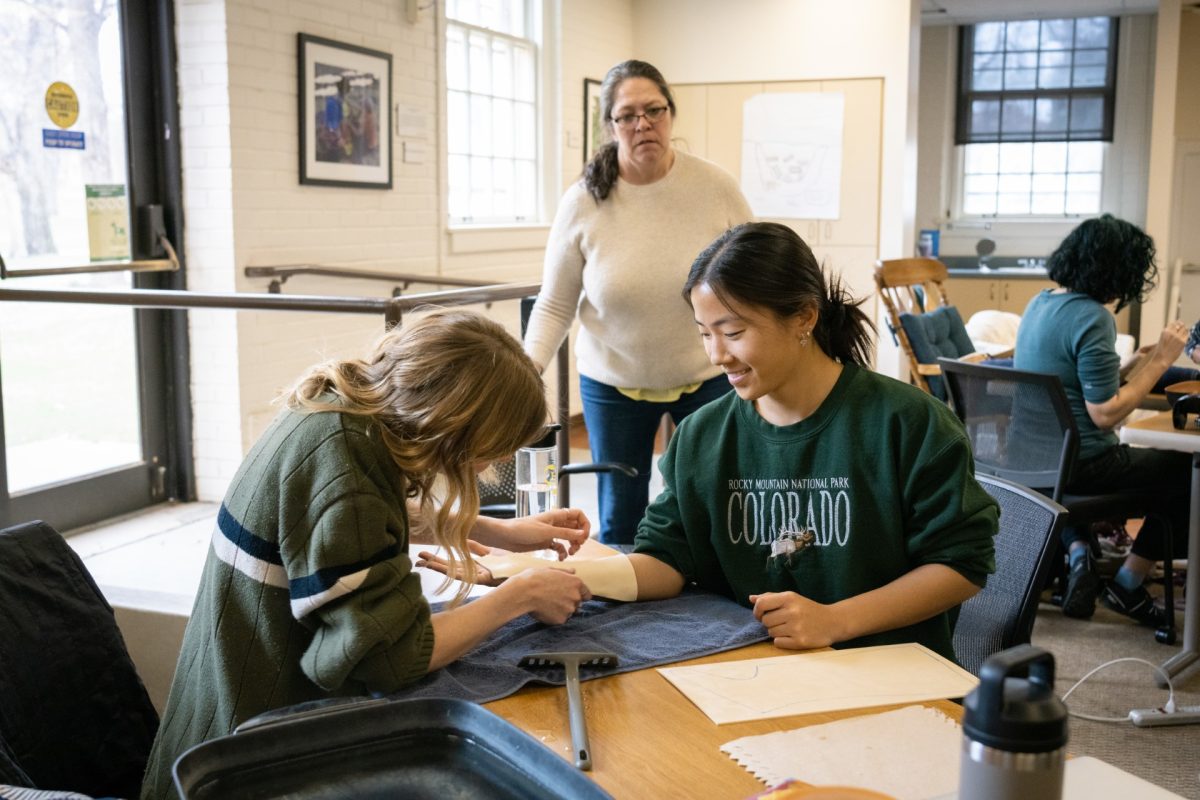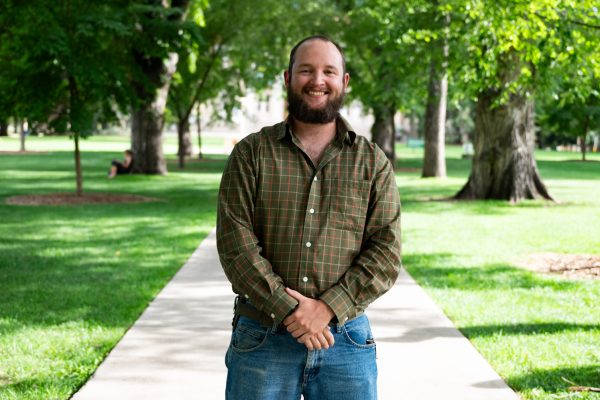A public-private deal is being finalized within Colorado State University’s Laboratory for Advanced Lasers and Extreme Photonics, promising to bring major upgrades and a whole new level of research capabilities to the CSU Foothills Campus. This $150 million development means more research opportunities will be available relating to semiconductor chip making, material science, high-energy physics and, most notably, the potential of achieving a new form of completely clean fusion energy.
The Foothills Campus is currently home to a world-class laser and extreme photonics research laboratory that conducts a plethora of experiments and combines related but distinct fields of research. Completed in 2013, this facility is run by professors Jorge Rocca, Mario Marconi and Carmen Menoni along with their undergraduate students, graduate students and fellow researchers. L-ALEPH houses four unique facilities that cover the development of ultra-high-intensity lasers, advanced optical coatings and soft X-ray laser technology.
Menoni graduated with her doctorate in physics from CSU and has been working for the institution since 1991. Working on various projects during her time, Menoni has been involved with the development of material science, semiconductors, thin optical films and high-pressure experimentation.
“My students are developing novel materials,” Menoni said. “The issues we’re trying to solve by engineering the materials are very different, whether it is for high-powered lasers or whether it is for a gravitational wave detector coating.”
If the pending deal between CSU, the U.S. Department of Energy and the Germany-based company Marvel Fusion reaches completion, additions to this laboratory can be expected to be completed in 2026. These additions could include at least three new laser systems, which will have multi-petawatt power and ultra-fast repetition rate capabilities. The collaboration with private company Marvel Fusion and the DOE office is part of the LaserNetUS program, created to ensure a strong network of laser research facilities across North America.
“After the facilities and lasers are built, we will be able to do experiments with such powerful lasers that no one else would have similar infrastructure,” Menoni said. “So we would be able to really lead the field in a certain direction. This has implications for many fields of study and tech, including the pursuit of renewable energy by way of fusion.
Marvel Fusion is one of many companies pursuing novel approaches to achieving fusion energy and has proof of concept to show their promise in doing so.
“In December 2022, the ignition facility, the Lawrence Livermore National Laboratory in California, achieved gain: The energy produced by the fusion reaction exceeded the laser energy on target,” Menoni said. “This created a lot of excitement because now we have an experiment that shows that it’s possible to fuse atoms in a laboratory setting with very intense laser surges.”
Marvel Fusion, founded in March 2019, is working on developing a route to commercialize fusion energy by way of high-powered short-pulsed lasers and nano-structured fuel targets.
“The fusion reaction will generate energy, and that energy will have to be converted into electrical energy by some means,” Menoni said. “This is a very challenging problem, but it’s a problem that, if we solve, then we will be able to have unlimited clean energy. We will need students that will join us in this quest to really move the field forward — that is essential.”
Though the company is young, it has gained economic and academic traction, securing support from fusion researchers at Stanford University and the Massachusetts Institute of Technology as well as 105 million euros ($111.5 million) in private funding and public cooperation projects.
“That’s one way to create laser fusion,” Menoni said. “There are other ways. For example, in an experiment done about three years ago, Dr. Rocca demonstrated that it is possible to produce fusion neutrons in the laboratory through the interaction of very intense, ultra-short pulse lasers and plastic nanowires. This experiment showed that through these interactions, you can create the conditions to generate fusion neutrons.”
The process of fusion is at the heart of every star as the source of its light and power, including the sun. Harnessed on Earth, this process has the potential to create nearly limitless energy without producing any carbon emissions or nuclear waste.
“Right now, there are many companies that have been established to demonstrate different concepts of laser fusion, and Marvel Fusion is one of them,” Menoni said. “So the approach that Marvel Fusion plans to use is similar to the one that Dr. Rocca is using. It is the mission of Marvel Fusion to move on to the next steps of research, which includes a fusion prototype followed by a full-scale fusion power plant that could be implemented on an industrial level.”
CSU’s L-ALEPH is considered to be state-of-the-art, but with these additions, the Foothills Campus will be at the cutting edge of laser research and a global leader in technology.
“Students with very different capabilities may help; … there will be enormous opportunities for workforce development,” Menoni said. “If they like challenges, this is a great area to get in … because we will all be learning together, and they will be contributing to these projects in different ways.”
Reach Miles Buchan at science@collegian.com or on Twitter @csucollegian.


